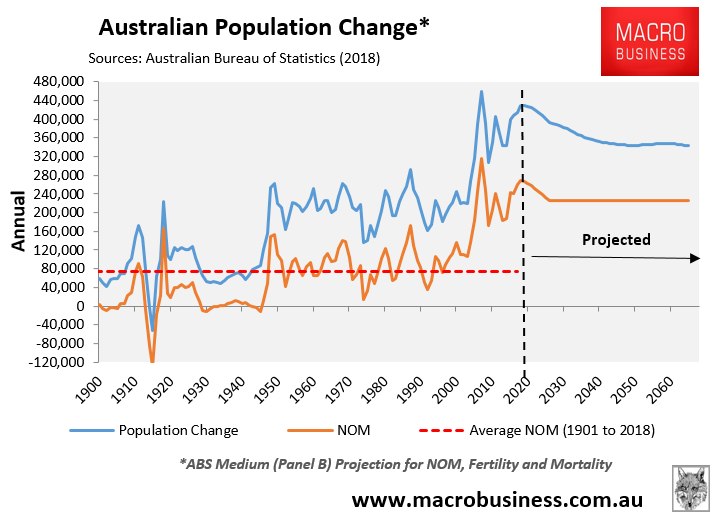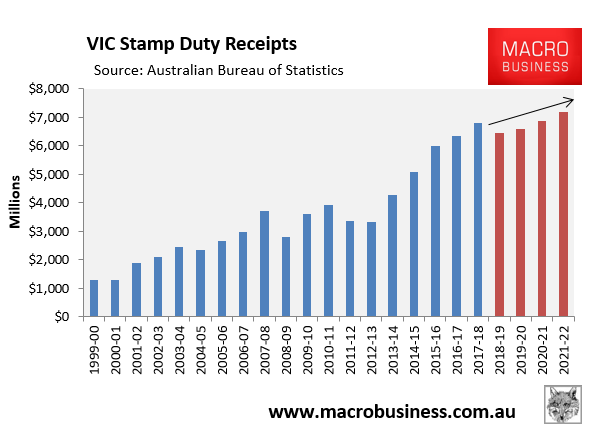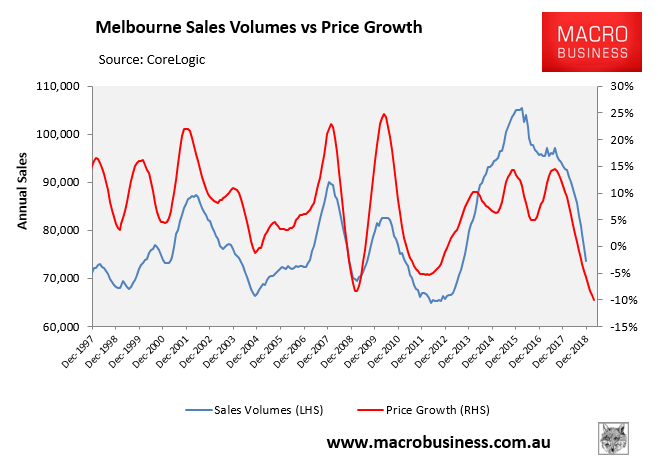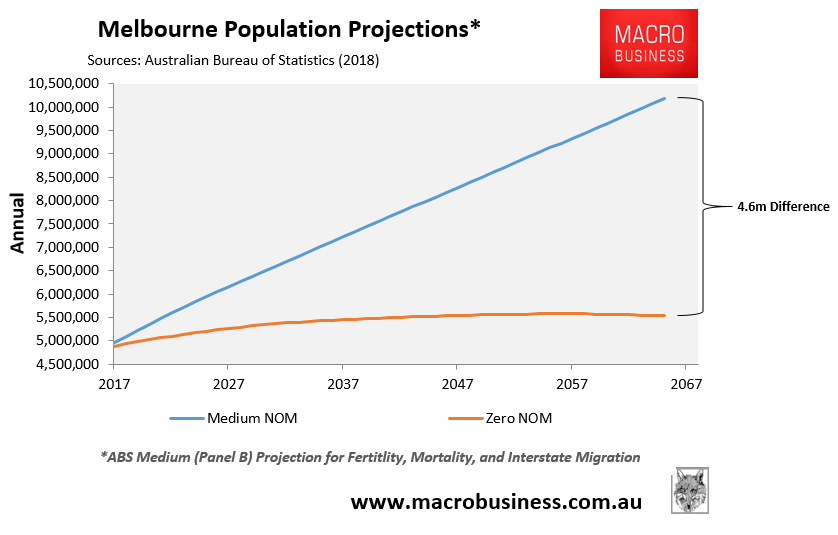Shortly after Prime Minister Scott Morrison announced a small cut in Australia’s non-humanitarian permanent migrant cap to 160,000 (from 190,000), Victoria’s Premier Daniel Andrews has called for the federal government to cough-up billions of dollars in additional funding to assist the states in coping with unrelenting immigration-driven population growth. From The Australian:
“The overall migration intake and the mix within that number is ultimately a matter for the commonwealth government, but my message to the Prime Minister has been consistent for quite some time now: if you want to have a debate about the fact that Australia is growing, then why don’t you start by funding hospitals and schools properly?” Mr Andrews said.
“As our community grows, if you don’t fund the basic services, the things that really make a big difference in people’s lives: schools for their kids, hospitals when they need them, then that growth ultimately can undermine our quality of life, so I would say that the Prime Minister needs to start with those basics first, and then we might be able to move into a more thoughtful debate having dealt with those building blocks…
“I simply say, if you want to have a properly informed debate about how big Australia should be and the rate at which we should grow, then that has to start with funding services, basic services properly: hospitals, schools and so many other things, the infrastructure that we need for the future.
Fair enough. The federal government loves mass immigration because it collects more than 80% of Australia’s tax revenue. Therefore, it collects the lion’s share of the financial benefits that come with immigration, such as increased personal and company taxes.

The states, by contrast, carry the cost of infrastructure and services to support population growth (think roads, public transport, schools and hospitals).
Analysis by the Grattan Institute in 2014 showed that “unprecedented infrastructure spending by states and territories” since the escalation of population growth from 2004 is “largely responsible for a $106 billion decline in their finances since 2006“, and that “after a threefold increase in capital spending over the last 10 years, states are paying 3 per cent more of their revenues in interest and depreciation”.
Separately, Grattan executive director, John Daley, recently noted that “state governments were struggling to deal with rapid population growth in their major cities and the quality of life of residents – represented by the rapid growth in house prices in recent decades – was suffering”.
To date, Victoria has ‘managed’ these costs by shoving massive infrastructure spending off balance sheet, including through privatising assets via budget tricks like Public Private Partnerships (PPPs).
For example, the Victorian Government’s $6.7 billion West Gate Tunnel Project will see Transurban contribute $4.4 billion towards the cost, but in exchange motorists will have to pay additional tolls on CityLink until 2045 estimated at $15 billion. It’s a sweet deal for Transurban and the State Budget, but a dud deal for Melbourne motorists.
The Victorian Labor Government also recently outsourced billions of dollars of badly needed repairs and upgrades to Melbourne’s most stressed suburban roads via a PPP that will leave taxpayers repaying the costs over the next 20 years.
These are the hidden costs of a ‘Big Australia’: in effect giant private taxes, which are being conveniently swept under the rug by budget accounting tricks. And they come at a time when the Victorian Government has enjoyed a monstrous lift in stamp duty revenue, which will crash as the property bust deepens, smashing projections:

Indeed, since the above stamp duty projections were released in November, both sales volumes and dwelling values have collapsed:

This means that stamp duty receipts will also crash, crimping the Victorian Government’s ability to fund the economic and social infrastructure required to ameliorate population pressures.
Irrespective, the infrastructure deficit across Melbourne is guaranteed to deepen, with Melbourne’s population projected to more than double over the next 48 years to 10.2 million people by 2066, according to the ABS:

To put this growth into perspective, over the past decade Melbourne’s populations grew by an average of 100,000 people a year respectively, which caused the chronic infrastructure/housing pressures felt today. However, over the next 48 years, Melbourne’s population is projected to grow by 109,000 per year. Therefore, population growth is projected to be even more extreme in Melbourne over the next five decades than it was over the past decade, as will the associated strains on infrastructure and housing, which are already unmanageable.
The federal government has basically locked Australians into declining living standards so it can print some nice budget/growth optics and claim to be a good economic and fiscal manager.
The wellbeing of the ordinary Australian remains a distant priority.

